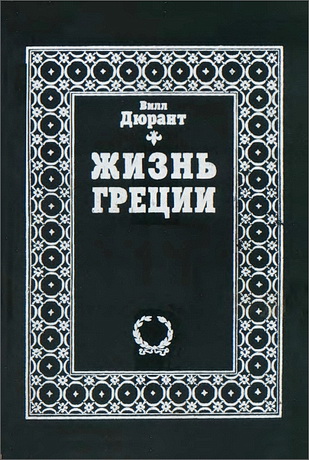
Reading Mark in Context - Jesus and Second Temple Judaism
In recent years I have often been asked, "How do we find out more about the first-century Jewish world?"
This question often comes after I have given a lecture or seminar paper, whether to a general audience or to scholars from other fields (say, systematic or philosophical theology). In such contexts, I frequently stress that, though the approaches taken by the church fathers in the fourth and fifth centuries and by the Reformers in the sixteenth and seventeenth centuries retain great importance, what really matters for understanding the New Testament is to learn to live within the world of Jesus and his first followers. Again and again people ask me, sometimes in surprise, how they might learn more, and—sometimes in alarm!—what might change if they did.
Examples of the problem are easy to find. Many Christians still suppose that when Jesus spoke about "the kingdom of God" he was talking about the ultimate postmortem destination of believers ("heaven," in popular imagination). A quick glance at the Psalms, Isaiah, or Daniel should have put paid to that, but looking at how the idea of God's kingdom was deployed in the first century should make it even clearer. Likewise I have heard Christian teachers explaining that "son of man" refers to Jesus's "humanity," or perhaps his "humility," as though we could understand the use of that phrase in the first century without reference to the Jewish literature in which the phrase is used, or, indeed, to the book of Daniel where it has a much richer meaning that people often suppose.
But it won't do simply to cite a few phrases, important though they are. What matters is to learn to think like a first-century Jew. We recognise, of course, that first-century Jews were at least as diverse as twenty-first century Americans, but there are several broad features of the culture to which we must pay attention. I have often said, when people ask me the usual question, that one excellent way is simply to read the works of Josephus as if they were a historical novel. Josephus has many faults, but he was there and knew personally most of the key players in the first-century Jerusalem world. But then, once you've read Josephus, you probably want to get hold of the Dead Sea Scrolls . . . and so on. And, in particular, you should become familiar with the "Apocrypha" and its cousin known as the "Pseudepigrapha." These books are not enormous. You can get to know them quite well in a few weeks of sustained reading. Some parts are puzzling, even to specialists. But often they are extremely illuminating.
Ben C. Blackwell, John K. Goodrich, and Jason Maston - Reading Mark in Context: Jesus and Second Temple Judaism
Zondervan, Grand Rapids, Michigan, 2018. - 286 pp.
ISBN 978-0-310-534457
Ben C. Blackwell, John K. Goodrich, and Jason Maston - Reading Mark in Context: Jesus and Second Temple Judaism - Contents
Foreword by N. T. Wright
Abbreviations
Introduction
1. Rule of the Community and Mark 1:1-13: Preparing the Way in the Wilderness (Rikk Watts)
2. The Parables of Enoch and Mark 1:14-2:12: The Authoritative Son of Man (Kristian A. Bendoraitis)
3. Josephus and Mark 2:13-3:6: Controversies with the Scribes and Pharisees (Mary Marshall)
4. The Testaments of the Twelve Patriarchs and Mark 3:7-35: Apocalyptic and the Kingdom (Elizabeth E. Shively)
5. 4 Ezra and Mark 4:1-34: Parables on Seeds, Sowing, and Fruit (Klyne Snodgrass)
6. The Testament of Solomon and Mark 5:1-20: Exorcism and Power over Evil Spirits (Michael F. Bird)
7. Mishnah Zabim and Mark 5:21-6:6a: The Rules on Purity (David E. Garland)
8. Josephus and Mark 6:6b-29: Herod Antipas's Execution of John the Baptist (Morten Horning Jensen)
9. 4QConsolations and Mark 6:30-56: Images of a New Exodus (Holly Beers)
10. The Letter of Aristeas and Mark 7:1-23: Developing Ideas of Defilement (Sarah Whittle)
11. Jubilees and Mark 7:24-37: Crossing Ethnic Boundaries (Kelly R. Iverson)
12. The Damascus Document and Mark 8:1-26: Blindness and Sight on "the Way" (Suzanne Watts Henderson)
13. Sirach and Mark 8:27-9:13: Elijah and the Eschaton (Sigurd Grindheim)
14. Tobit and Mark 9:14-29: Imperfect Faith (Jeanette Hagen Pifer)
15. Rule of the Community and Mark 9:30-50: Discipleship Reordered (Jeffrey W. Aernie)
16. Mishnah Gittin and Mark 10:1-12: Marriage and Divorce (David Instone-Brewer)
17. Eschatological Admonition and Mark 10:13-31: Riches, Poverty, and the Faithful (Mark D. Mathews)
18. Rule of the Congregation and Mark 10:32-52: Glory and Greatness in Eschatological Israel (John K. Goodrich)
19. 1 Maccabees and Mark 11:1-11: A Subversive Entry into Jerusalem (Timothy Gombis)
20. Psalms of Solomon and Mark 11:12-25: The Great Priestly Showdown at the Temple (Nicholas Perrin)
21. The Animal Apocalypse and Mark 11:27-12:12: The Rejection of the Prophets and the Destruction of the Temple (David L. Turner)
22. Josephus and Mark 12:13-27: The Sadducees, Resurrection, and the Law (Jason Maston)
23. Psalms of Solomon and Mark 12:28-44: The Messiah's Surprising Identity and Role (Mark L. Strauss)
24. The Parables of Enoch and Mark 13:1-37: Apocalyptic Eschatology and the Coming Son of Man (Jonathan T. Pennington)
25. Mishnah Pesahim and Mark 14:1-25: The Passover Tradition (Amy Peeler)
26. The Babylonian Talmud and Mark 14:26-52: Abba, Father! (Nijay K. Gupta)
27. The Parables of Enoch and Mark 14:53-73: Blasphemy and Exaltation (Darrell L. Bock)
28. Philo of Alexandria and Mark 15:1-15a: Pontius Pilate, a Spineless Governor? (Helen K. Bond)
29. 11QTemplea and Mark 15:15b-47: Burying the Crucified (Craig A. Evans)
30. 2 Maccabees and Mark 16:1-8: Resurrection as Hope for the Present (Ben C. Blackwell)
Glossary
Contributors
Passage Index
Subject Index
Author Index
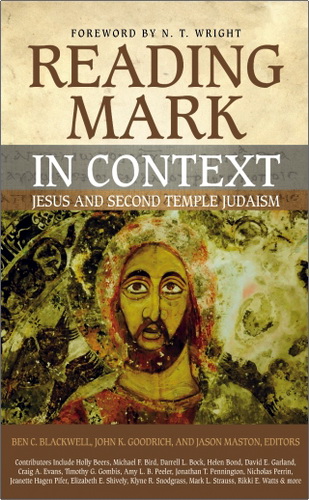
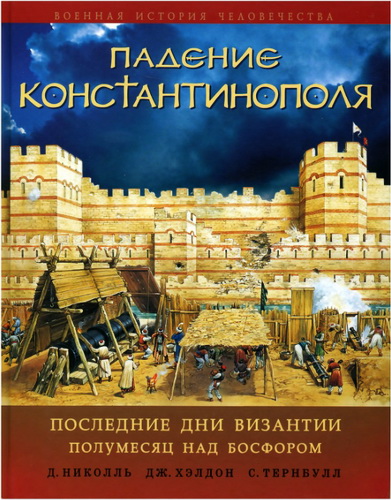
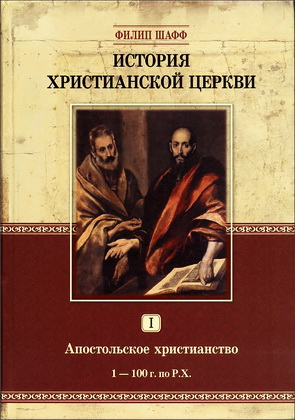

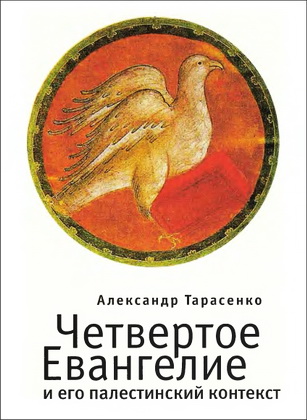
Комментарии (1 комментарий)
Хорошая серия. Жду Иоанна и Иакова. Не останавливаться на достигнутом, товарищи!